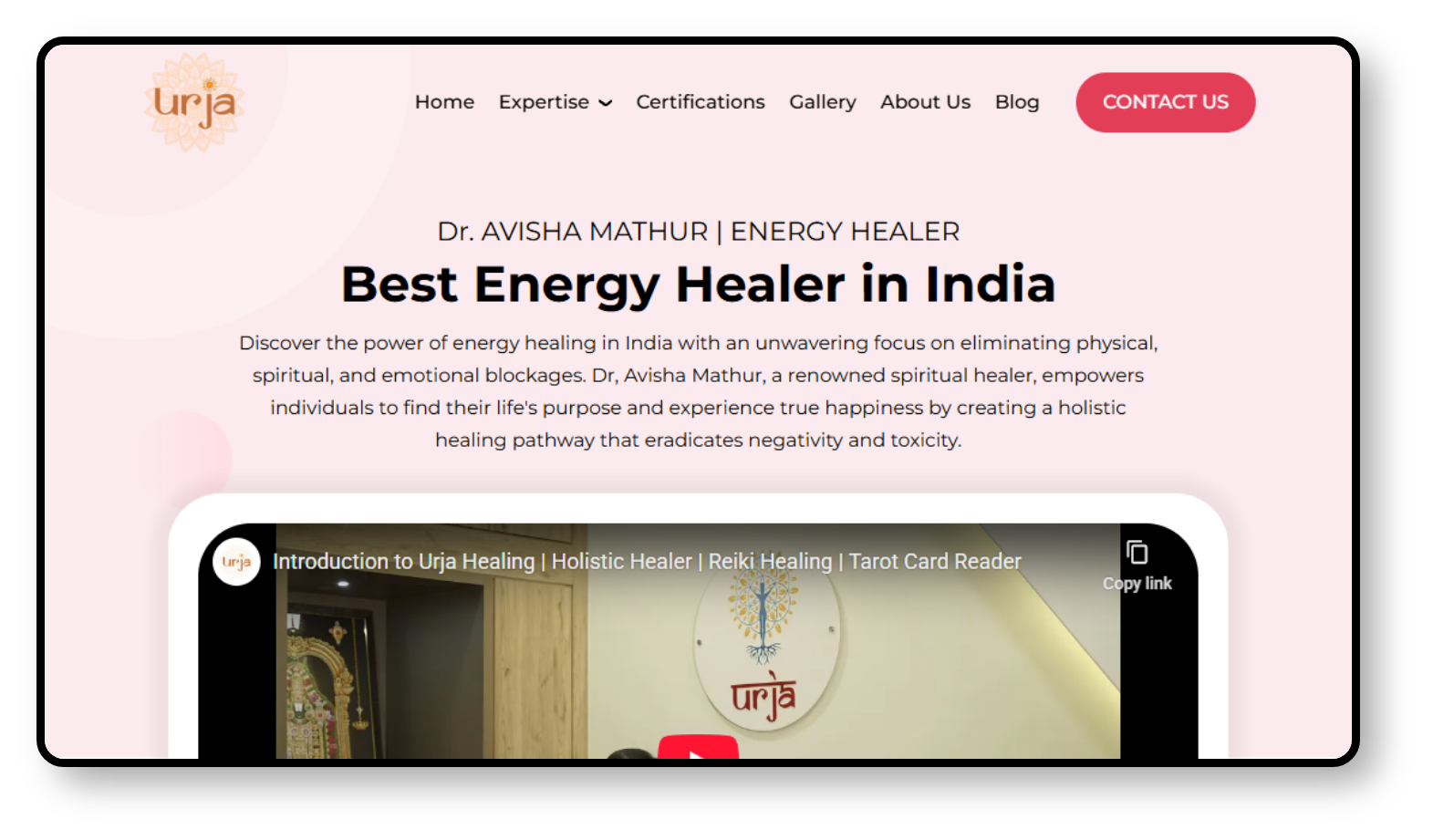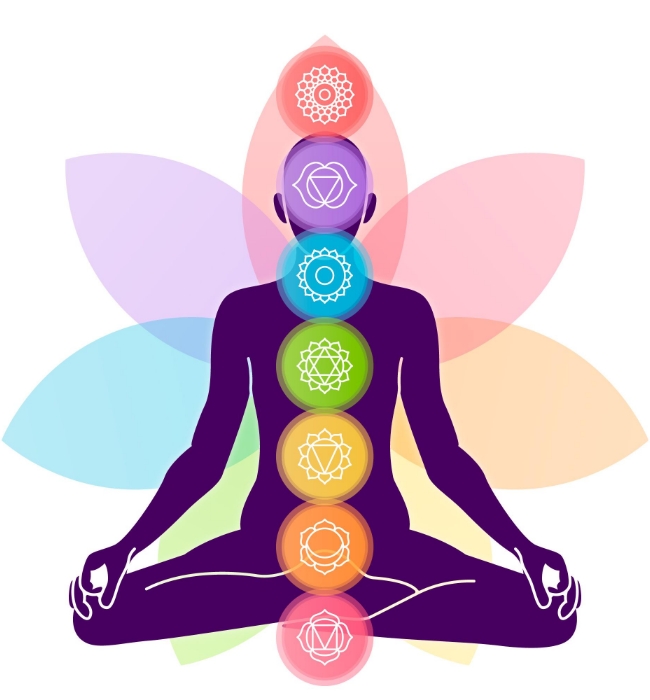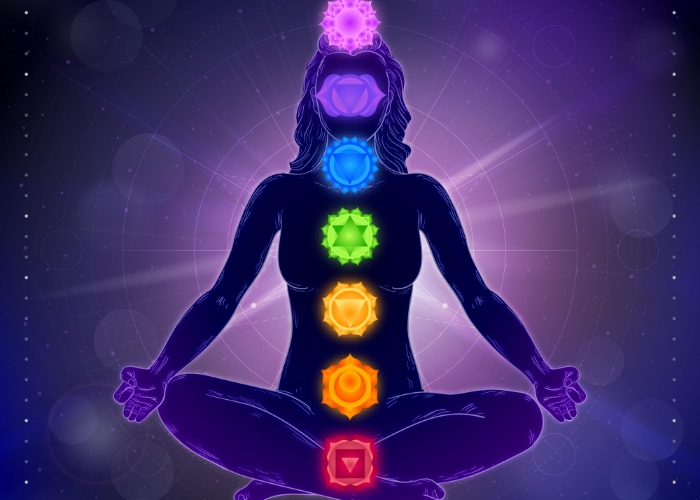
Urjahealing

Urja Healing is a holistic wellness brand offering energy healing therapies like Reiki, sound healing, chakra alignment, and personalized inner transformation programs. Though their offline presence was impactful, their online platform lacked the digital infrastructure to scale. Their previous website was built on a basic static architecture without dynamic forms, lead tracking, or performance optimization.
They partnered with Scrum Digital, a digital transformation company, to build a fully responsive, SEO-friendly, and lead-focused website. The objective was to redesign the platform from the ground up using modern development technologies while maintaining the brand’s calming and spiritual essence. We developed a dynamic, lead-capturing website that supports their mission with optimized performance, usability, and scalable backend features.

The primary aim was to transform Urja Healing’s static website into a responsive, lead-generating platform. The goals and objectives outlined at the start of the project included:
To create a visually serene and spiritually aligned website design that resonates with users seeking energy healing services.
Implement intuitive lead capture forms across key service pages, optimized for conversion without disrupting user experience.
Develop a simplified and purposeful site structure that makes it easy for users to discover services and engage with content.
Ensure a seamless experience across all devices, mobile, tablet, and desktop to cater to an increasingly mobile-first audience.

Developing a spiritual wellness platform that combines functionality with emotional resonance brought its own unique set of challenges. Here’s how we addressed them:
The original website was built using static code with limited flexibility, making updates and content expansion nearly impossible. This setup also restricted scalability and offered no CMS for managing content dynamically.
We migrated the site to a WordPress CMS with custom post types, reusable sections, and widgetized layouts. This allowed the client to manage services, blogs, and testimonials easily while giving us full control over layout and responsiveness.
Visitors were unsure where to click or how to access key services, which led to high bounce rates and low interaction time.
We designed a UX-first sitemap and wireframe, using clear navigation labels, a sticky menu, and contextual CTAs.
The site lacked entry points for users to share contact information or express interest in services.
We implemented strategically placed multi-step lead forms powered by Gravity Forms. These were enhanced with conditional logic, session-based saving, and form analytics to boost completion rates.
First-time visitors had no visible cues of credibility no testimonials, no badges, no client outcomes.
We integrated testimonial sliders, embedded Google reviews, and included a new “Client Transformations” section featuring real stories.
A major amount of traffic was from mobile, yet the mobile experience was poorly optimized, with overlapping elements and long loading times.
We applied mobile-first design principles with SVG icons, compressed assets, and thumb-friendly button placements. Mobile breakpoints were tested across devices for consistency and speed.
The client had no insights into where leads came from or which services drove conversions.
Integrated Google Tag Manager, GA4, and Meta Pixel to track scroll depth, form completions, and page-specific engagement.
The visual identity of Urja Healing was brought to life through soft pastel palettes, clean typography, and imagery that conveys peace, energy, and harmony. The interface reflects the balance and calm that users seek from healing practices. Key visual elements like chakra symbols, nature motifs, and glowing light effects were subtly embedded to evoke an immersive, spiritual feel. The design choices were made not just to attract but to calm, guide, and convert.
At Scrum Digital, we follow a user-first and trend-adaptive design process. For Urja Healing, the process was shaped around modern wellness website standards with conversion-centric elements: Here’s how we approached it:
Client Understanding Audience Insights Competitor Analysis
Low-Fidelity Wireframes User Flow Mapping Structural Clarity
Healing Aesthetic Intuitive Layouts Clean Visual Hierarchy CTA Placement
Mobile-First Design Bootstrap Framework Accessibility Compliance
Functional Testing Cross-Browser Compatibility
Functional Testing Cross-Browser Compatibility